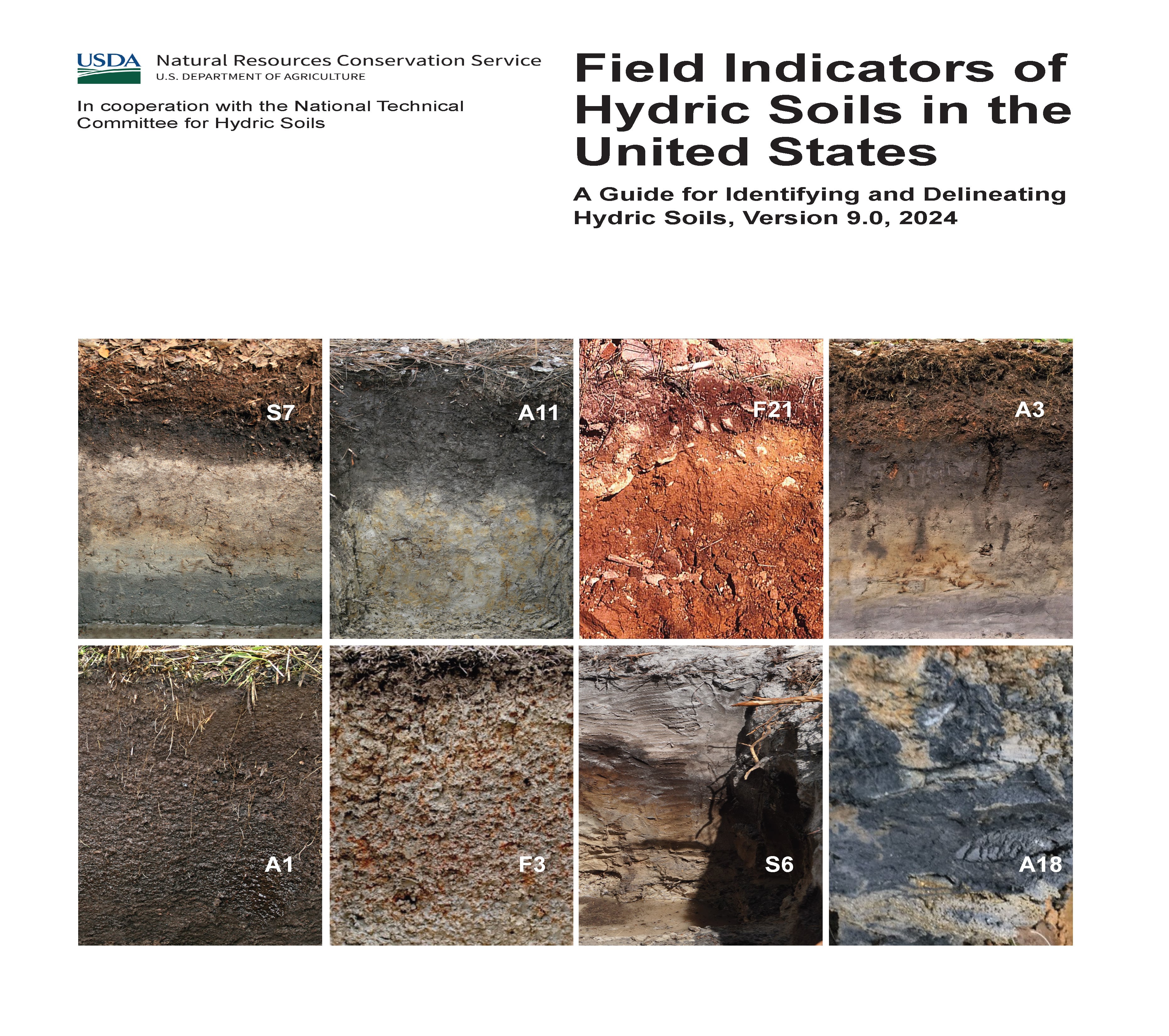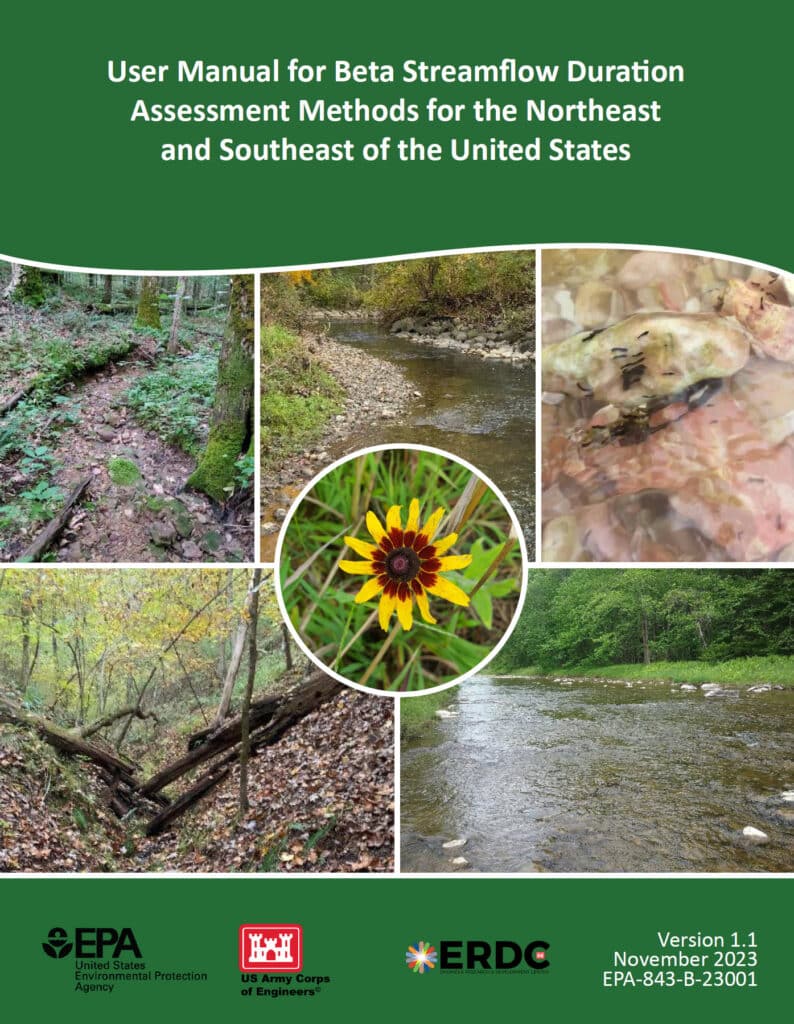
Personal Statement: Why We Need the Swamp School WOTUS Rule
As a professional who has dedicated over 40 years to working with wetlands, I have had a front-row seat to the evolution—and at times, the decay—of the WOTUS program. I’ve watched policies shift from stringent federal control to more localized approaches, and I’ve seen the impacts these changes have had on our wetlands and waterways, our communities, and our economy. I’ve worked with landowners who are uncertain about their responsibilities, developers who are frustrated by regulatory delays, and conservationists who are determined to protect our water resources amidst shifting policies. This journey has reinforced my conviction that it is time for us to take matters into our own hands and build a WOTUS framework that is fair, responsible, and sustainable.
Throughout my career, I have witnessed both the strengths and weaknesses of federal oversight. There is no doubt that the Clean Water Act has played a vital role in protecting critical water resources and improving water quality across the country. However, as the regulatory landscape has changed, so too have the complexities and challenges of defining and enforcing WOTUS. Too often, jurisdictional determinations have become bottlenecks, with regulatory uncertainty leading to delays, increased costs, and growing frustration for everyone involved. The current system, while well-intentioned, has become a maze that is difficult to navigate, often leaving landowners, businesses, and environmental professionals at odds over water resources that are vital to all of us.
The Swamp School WOTUS Rule represents a new way forward, one that is rooted in my decades of experience and in the lessons I have learned from working directly with the land and water. This rule acknowledges the critical role of federal protections for key water resources, but it also respects the sovereignty and expertise of states to manage waters that fall outside federal jurisdiction. By reserving isolated, ephemeral, and other local waters for state management, we create a framework that empowers states to act in ways that make sense for their own unique landscapes, communities, and economies.
One of the most critical aspects of the Swamp School WOTUS Rule is the privatized jurisdictional determination process. Over the years, I have come to believe that water resources are best understood by those who have specialized training and on-the-ground experience. That’s why this rule calls for Certified WOTUS Determination Professionals (CWDPs) to lead the jurisdictional determination process. These trained professionals will make responsible, accurate, and timely determinations based on consistent criteria, backed by both federal and state oversight. By empowering certified professionals to assess jurisdiction, we streamline the process, reduce delays, and ensure that decisions are informed by real-world expertise.
I am also a firm believer in the principles of cooperative federalism, which have been woven into the very fabric of the Clean Water Act since its inception. The Swamp School WOTUS Rule builds on these principles by creating a partnership between federal agencies and the states, and between certified professionals and government regulators. This collaborative approach will give rise to a more efficient, accountable, and responsive WOTUS program that serves the needs of all Americans.
For me, the Swamp School WOTUS Rule is not just another regulation; it is a culmination of my life’s work and a commitment to the sustainable stewardship of our water resources. It’s a blueprint for a balanced approach that protects our most critical waters, respects the rights of states, and empowers trained professionals to do what they do best. This rule reflects decades of knowledge, and it embodies a vision for the future that is fair, sustainable, and grounded in the belief that effective water management must be practical, science-based, and adaptable to our changing world.
Of course, as much as I’d like to think we could officially call it the Swamp School WOTUS Rule, I’m pretty sure the powers-that-be will come up with something a little less colorful! I can almost hear it now: “The Clean Waters Collaborative Determination Act” or maybe “The Federated Waters Determination Framework.” But whatever name they choose, the heart of the rule will remain the same—protecting our water resources in a way that’s both responsible and sustainable. And hey, as long as they remember where it came from, they can call it whatever they like!
In closing, my hope is that the Swamp School WOTUS Rule will help foster a new era of water management—one that can evolve with the times while remaining steadfast in its commitment to responsible stewardship. This is more than a policy; it’s a promise to future generations that we are committed to protecting our waters with integrity, respect, and a deep understanding of their vital role in our lives. – Marc Seelinger, SPWS
The Swamp School WOTUS Rule
Purpose: The Swamp School WOTUS Rule offers a comprehensive and efficient approach to defining Waters of the United States (WOTUS), balancing federal oversight with enhanced state autonomy. It privatizes the jurisdictional determination process through a certification program for professionals authorized to assess water bodies as either federally or state-regulated. This rule focuses federal jurisdiction on waters essential to interstate commerce and environmental health, while empowering states to manage other water resources through state-specific programs.
Key Provisions of the Swamp School WOTUS Rule
1. Jurisdictional Waters Under Federal Authority
The rule focuses federal jurisdiction on water bodies with continuous, significant connections to traditional navigable waters (TNWs). These core water resources are critical for interstate commerce and ecological connectivity, making them subject to federal oversight under the Clean Water Act.
- Traditional Navigable Waters (TNWs): Large rivers, lakes, bays, and tidal waters that are currently or historically used in interstate or foreign commerce.
- Interstate Waters: Waters crossing or forming state boundaries with continuous surface connections to TNWs.
- Relatively Permanent Tributaries: Perennial or intermittent streams, rivers, and other natural channels that flow into TNWs or interstate waters.
- Adjacent Wetlands with Continuous Surface Connections: Wetlands directly abutting TNWs or relatively permanent tributaries, without natural or artificial barriers.
- Impoundments of Jurisdictional Waters: Dams, reservoirs, or other impoundments that maintain a direct hydrological connection to a jurisdictional water.
2. Non-Jurisdictional Waters Reserved for State Management
Certain waters that do not meet federal criteria fall under state jurisdiction. States are empowered to manage these waters according to local priorities, creating unique regulations and programs tailored to specific environmental and economic needs. State jurisdiction covers:
- Ephemeral Streams and Temporary Channels: Features that flow only after rainfall and lack continuous flow to TNWs.
- Isolated Wetlands and Non-Continuous Interstate Waters: Wetlands without direct surface connections to TNWs or other jurisdictional waters.
- Ditches and Man-Made Water Features Not Functioning as WOTUS: Non-navigable ditches, canals, and artificial features disconnected from WOTUS.
- Groundwater: All groundwater remains outside the scope of federal jurisdiction.
- Prior Converted Cropland and Certain Artificial Water Bodies: Agricultural lands and water bodies, such as irrigation ponds, disconnected from jurisdictional waters.
3. Certified WOTUS Determination Professionals (CWDPs) for Federal Determinations
The Swamp School WOTUS Rule establishes a privatized jurisdictional determination process through a network of Certified WOTUS Determination Professionals (CWDPs). CWDPs are authorized to conduct official WOTUS determinations and to classify water features as either federally regulated or state-regulated, based on the Swamp School WOTUS Rule.
- Certification Process:
- CWDPs complete rigorous training in federal WOTUS standards, hydrology, wetland science, and water law.
- Certification requires passing a written exam and completing a field practicum demonstrating real-world skills in assessing water features.
- Certified professionals must maintain credentials through continuing education to stay current with updates in regulation and environmental science.
- Authority and Oversight:
- CWDPs’ determinations are binding and subject to periodic review by the EPA and the U.S. Army Corps of Engineers for quality assurance.
- Determinations are documented in reports that include data, maps, and justification, ensuring transparency and consistency.
- Transparency and Documentation: CWDPs submit detailed determination reports accessible to federal and state agencies, providing accountability and clarity for stakeholders.
4. State Jurisdictional Determination Program
In addition to the federal determination program, the Swamp School WOTUS Rule establishes a State Jurisdictional Determination Program. Under this system, each state has its own certification and licensing requirements for professionals conducting state-level jurisdictional determinations, similar to professional licensing in fields like law or medicine. This program ensures that individuals working in a particular state are qualified to make jurisdictional determinations in alignment with state-specific water management standards.
- State-Specific Certification:
- Each state will develop its own certification program for jurisdictional determinations, with specific training and licensure requirements tailored to regional priorities.
- State-certified professionals must meet standards similar to CWDPs, with state-administered exams and field practicums relevant to local hydrology and environmental considerations.
- Continuing education will be required to maintain state certification, ensuring that professionals remain knowledgeable about both state and federal changes.
- Distinct Licensing Requirements: State-certified professionals will be licensed in their respective states, much like attorneys, to ensure they have in-depth knowledge of regional water management standards, ecosystems, and regulatory frameworks.
- Collaborative Standards and Support: Federal agencies will provide resources and technical support to help states establish and maintain rigorous certification programs, promoting consistency and high standards nationwide.
5. Federal Oversight and Cooperative Federalism
The Swamp School WOTUS Rule emphasizes cooperative federalism, recognizing that water management is best achieved through collaboration between federal, state, and private sectors. Federal agencies support the certified professional network and work alongside states to maintain consistent, high standards in water resource management.
- Federal Guidance and Resources: The EPA and Army Corps of Engineers will provide training materials, tools, and technical resources to support CWDPs and state certification programs.
- Grant Programs for State Initiatives: States can apply for federal grants to support water management projects, including conservation, restoration, and water quality initiatives.
- Interstate Collaboration: For shared water resources, federal agencies will facilitate cooperation between states, helping to harmonize water quality standards and regulatory approaches.
Benefits of The Swamp School WOTUS Rule
- Enhanced Efficiency and Consistency: By delegating jurisdictional determinations to certified professionals, the rule accelerates decision-making and reduces regulatory bottlenecks, benefiting landowners, developers, and conservationists.
- Increased Professional Accountability: Certified WOTUS Determination Professionals (CWDPs) and state-certified professionals bring high levels of expertise and accountability, ensuring reliable and accurate water assessments nationwide.
- Empowered State Management and Local Control: States gain primary responsibility over non-jurisdictional waters, allowing them to regulate based on regional needs and priorities, fostering innovation in water management.
- Transparent and Predictable Process: The rule creates a clear, predictable process for determining jurisdiction, with transparent documentation and accessible reports, which benefit all stakeholders by reducing uncertainty.
- Balanced Federal Protection for Key Waters: Federal jurisdiction is focused on core water resources that impact interstate commerce, downstream health, and ecological stability, while states retain autonomy over isolated and ephemeral waters.
Conclusion: A Balanced and Modern Approach to Water Management
The Swamp School WOTUS Rule represents a forward-thinking solution to defining Waters of the United States, blending federal protections with state rights and privatizing the jurisdictional determination process to increase efficiency and accuracy. By empowering a network of certified professionals and recognizing state-specific licensing, this rule fosters a cooperative approach that respects both national interests and local autonomy. It is a sustainable, balanced framework designed to ensure the protection and responsible management of America’s water resources, addressing the needs of today while paving the way for future generations.















